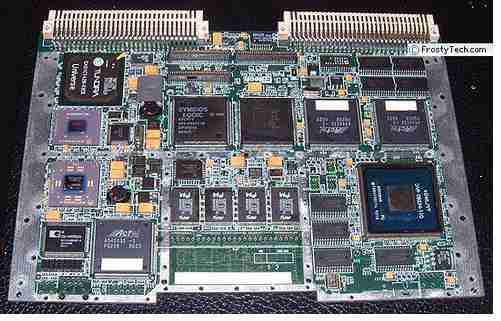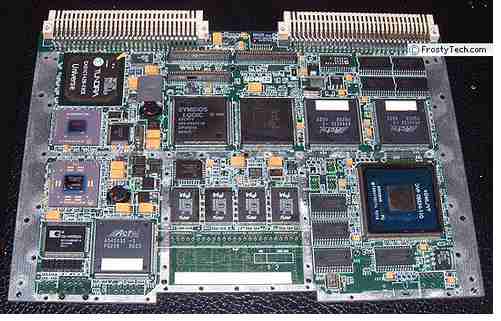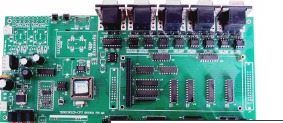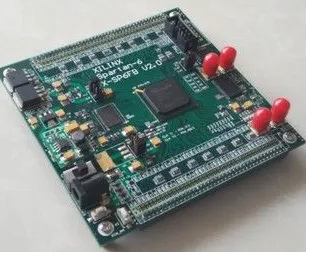
Raspberry Pi Pico PCB manages the temperature sensor
Please read the details below.
The Raspberry PI has been a DIY home automation staple for years, but the Raspberry PI is catching up slightly fast. This stylish Pico PCB comes from a manufacturer named David Booth, who designed it to handle the input of a temperature sensor. This module connects to the network with the help of the Airlift WiFi Featherwing board. It supports MQTT so that temperature data can be accessed and utilized in real time. The best Raspberry PI item has a little bit of visual style and Booth's sports item one Pimoroni displays current temperature information.
According to Boothe, it was designed using the open source app KiCad and deliberately left unplugged due to WiFi signal issues. Satisfied with the design, he sent the schematics to JLCPCB to make several boards.
IPC announced the March 2021 survey results of its N PCB industryorth American Printed Circuit Board (PCB) Statistics Program. The order to shipment ratio was 1.22. In March 2021, total shipments in North America increased 4.7% compared to the same month last year. Shipments rose 30.9 percent in March from the previous month.
PCB bookings for March were up 13.6 per cent year on year. Bookings for March were up 17.6 percent from the previous month.
"March was a strong month for the PCB industry. "The combination of record shipments and strong bookings has pushed forward bookings to an all-time high," said Shawn DuBravac, IPC's chief economist. "In May 2000 alone, the bill ratio was higher at 1.23." https://www.kingfordpcb.com/yuan.php
https://www.kingfordpcb.com/yuan.php
Companies participating in IPC's North American PCB Statistics program have access to detailed survey results on rigid PCB and flexible circuit sales and orders, including rigid and flexible billing ratios, growth trends by product type and company size, demand for prototypes, growth in sales targeted at the military and medical markets, and other timely data.
The order-to-order ratio is calculated by dividing the value of orders placed within the last three months by the value of sales issued by the firms in the IPC survey sample during the same period. A ratio greater than 1.00 indicates current demand ahead of supply and is a positive indicator of sales growth over the next three to twelve months. A ratio less than 1.00 indicates the opposite.
Year-over-year and year-to-date growth rates provide the most meaningful view of industry growth. Month-to-month comparisons should be made, as they reflect seasonal effects and short-term fluctuations. Since trends in bookings tend to be more volatile than shipments, changes in billing ratios from month to month may not matter unless there is a trend for more than three consecutive months. It is also important to consider changes in both pre-orders and shipments to understand what is driving the change in the order to shipment ratio.
IPC's monthly PCB industry statistics are based on data provided by a representative sample of rigid PCB and flexible circuit manufacturers selling in the United States and Canada. IPC will release the PCB billing rate at the end of each month.









